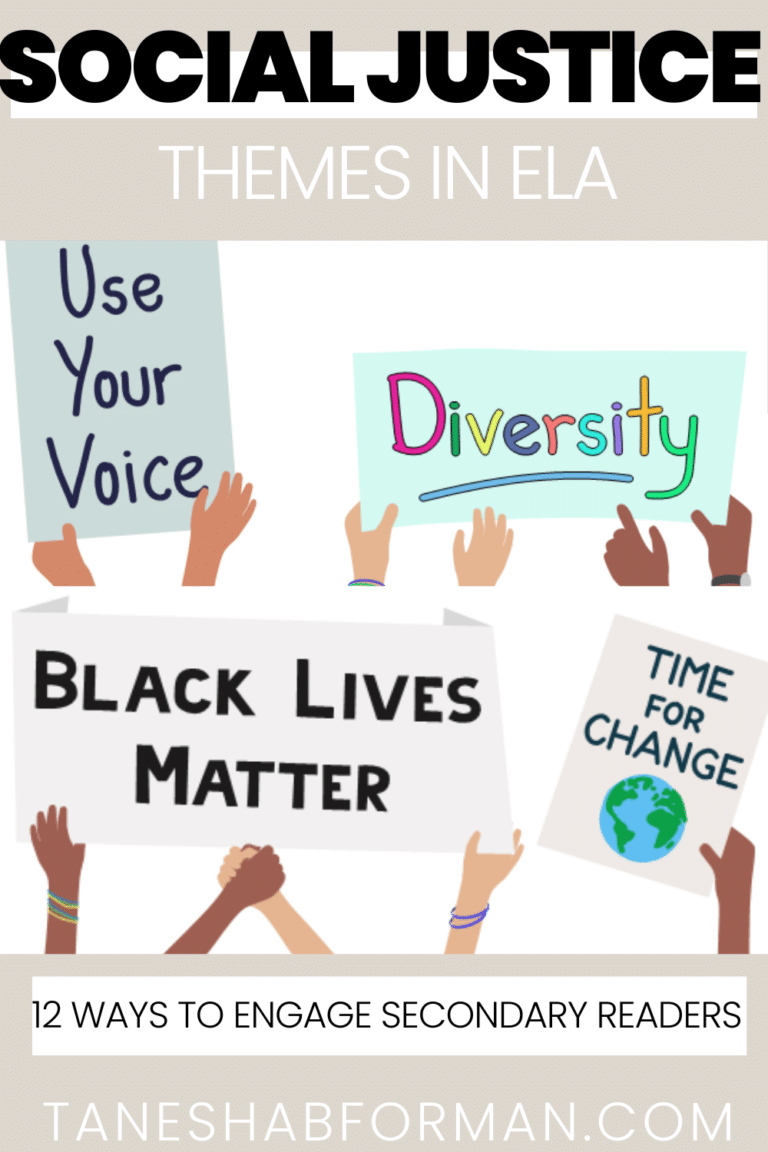
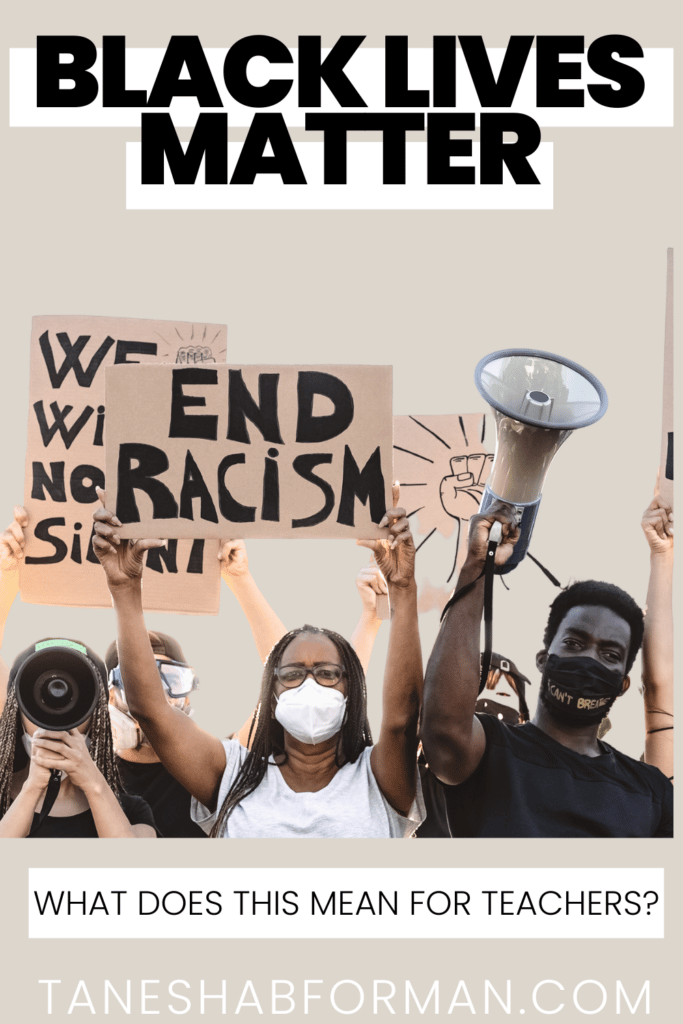
Black Lives Matter and the Classroom
In the daily grind of teaching, we can get stuck in neutral when it comes to seemingly controversial issues. This is the point where our engine is on, we’re in the car, we can go anywhere, but choose to go nowhere. Neutral is comfortable. And safe. It’s clean cut and straight laced. But…
Teaching is messy. And rewarding. It’s life changing. And complex. It’s about the constant drive forward. And engaging students in matters of the heart. It’s an act of love that allows students to raise questions, engage in decision making and problem-solving so that they are prepared to be the next generation of leaders.
The next generation of leaders need to be able to grapple with multiple perspectives and draw conclusions. They must be able to listen, and respectfully disagree. They must be able to develop an argument and articulate counterarguments; But before they can, they must be given the opportunity.
The Black Lives Matter (BLM) movement took root with the murder of 17 year-old Trayvon Martin. It was battle cry against anti-Black racism. As the days, months, and years passed, a number of cases involving the murder of Black Americans – particularly males, garnered national press and deepened the cry of black lives matter. It became a public movement to raise awareness about the injustices faced by black women and men at the hands of vigilantes and public servants. The phrase is intentional and direct. For some, it’s affirming, and for others it’s controversial. Some saw its rise as an attempt to stoke racial flames and further divide the nation. Others saw it as a needed step forward in shedding the light on injustices and the continued fight for equality. It’s divisive, complex, and multilayered. It includes so many perspectives and nuances. It is also fertile ground for cultivating conversation, divergent thinking, and global awareness of current events. Yet in still, I’ve noticed teachers (and school districts) shying away from the topic.
As a teacher, I’m faced with thousands of decisions, but none more important than what to teach and why. I’m certain that teachers during the Civil Rights Movement faced a similar dilemma; How do I teach students about the events happening around them? Before answering the question, we must first learn for ourselves and embrace the value of current events as a teaching point. This post will largely provide context on why the BLM movement should be a part of our curriculum.
Why?
*Caveat* Some teachers don’t have the liberty of teaching what they want, but most, I dare say all teachers teach beyond the curriculum. We are the masters of finding loopholes, extra time, and teacher discounts. We can find time to affirm and educate our scholars on a movement they are living through.
A people without the knowledge of their past history, origin and culture is like a tree without roots. – Marcus Garvey
1. BLM a continuation of the CRM. Our ancestors who fought against Jim Crow laws and scarified more than I can imagine, did so in the name of access and equality. They sought to live out the words of our Constitution that “all men are created equal, that they are endowed by their Creator with certain unalienable Rights, that among these are Life, Liberty and the Pursuit of Happiness.” We can’t deny the progress the country has made, but we’d be mistaken to accept where we are as the end destination. One of the principles of the Black Lives Matter organization is “We are committed to collectively, lovingly and courageously working vigorously for freedom and justice for Black people and, by extension all people…” This organization calls out cases where Black people have been victims of the laws of street, and not the courtroom. Trayvon Martin. Tamir Rice. Mike Brown. Freddie Gray. Philando Castile. Eric Garner. Too many to name. Students can evaluate the generations of protests for liberty and compare and contrast tactics and progress. Or consider pro/anti BLM perspectives. Is the organization anti-police/establishment? Let students decided based on research. It is in this place of unease that we can equip a generation to be builders and informed citizens that lead our country forward. I’m sure there were teachers who didn’t agree with the Civil Rights Movement and thought actions by Black Americans and allies were the problem and disruptive to society. A viewpoint would not be accepted in the overwhelming majority of schools today.
2. The current reality. While some movements come and go, this one seems to be here for the long haul as Black Lives Matter chapters continue to spread across the world. Teachers can guard against misinformation by researching these chapters and their activities. For some of us it might take us out of our comfort zone, and that’s okay. I think of my professional growth in same way as any other field. I can’t imagine a doctor still using a stethoscope to diagnose major illnesses when medical advances have proven far more reliable methods. In the same way, we can’t afford to turn a blind eye to the time and teach a “safe” curriculum that ignores our darkest hours and silences certain points of view.
3. For our students. Many of us teach in communities serving large populations of students of color. We have students who enter our classes fearful that they, or a family member could be next. This internalized fear is a LEGITIMATE concern. Gloria Ladson-Billings (1995, 2009) contends that schooling should be responsive to students in culturally relevant ways that support academic excellence and challenge the status quo Regardless of our class composition, we have to teach against fear so that our students know the facts. Bottomline: This is not a Black American issue, but an American issue. It is complex, and requires intentional and direct action with our students to address many of the deep rooted issues that permeate our society. Additionally, our students are talking about it anyway. Last year during recess the following occurred:
– Student: Mrs. Forman, do the police hate black people?
– Me: What makes you think that?
– Student: Well, I saw on the news that police keep killing black people.
– Me: Are they killing all Black people?
– Student: No, but a lot?
– Me: Are they killing the majority of Black people?
– Student: No, but the news said they killed a black man in his car.
– Me: Where did this happen? Did you catch why?
– Student: I don’t know they just killed him Mrs. Forman.
– Me: There has to be more there. Do you think police officers just walk up and kill black people?
– Student: I don’t think so… Student runs away and continues playing on the playground.
– Me: **Deep sigh**
I’ve had/overheard countless conversations like this about this topic (and more). These quick conversations make me think about my role as a teacher and how I can serve to get beyond I don’t know. But the news said. Students need information to allow them draw their own conclusions about the legitimacy of the BLM movement independent of teacher personal opinions.
Resources?
I’ll be posting a “how-to” blog in the coming weeks, but in the meantime, I’ve gathered some of my go-to resources when tackling topics and events that are not readily available in textbooks.
– Black Lives Matter: To know what the movement is about, I had to conduct some research. The first place I started was with the website itself.
– Teaching Tolerance:This is A MAJOR HUB! It contains numerous resources that assist teachers with driving towards standards while uplifting the voices of traditionally marginalized groups. The lessons include objectives and links to key resources.
– Teaching For Change: Another source of information and lessons that has a long standing reputation of assisting teachers will empowering their school communities to raise their voices and tell their stories and realities.
– PBS: I’ve found a lot of articles and videos that work well with my scholars and spark intense conversations. Note: Many of the resources are geared towards older students.
Teacher Books to Read: There are so many books I can list that deal with issues of diversity, but for this topic, I have a top five. These books go beyond the topic and get into the complex history of Black Americans. These books (in my opinion) provide context for teachers to better understand barriers that served as catalyst for the Black Lives Matter Movement. In lieu of summaries, I’m positing non-affiliated links 🙂
– The New Jim Crow by Michelle T. Alexander
– Homegoing by Yaa Gyasi (Fictional yes, be still informative)
– For White Folks Who Teach in the Hood…and the Rest of Ya’ll Too by Christopher Emdin
– Why Are All the Black Kids Sitting in the Cafeteria by Beverly Daniel Tatum
– This is Not a Test by Jose Vilson
– Multiplication is for White People by Lisa Delpit
Student Books to Read
– The Hate U Give by Angie Thomas – High School
– All American Boys by Jason Reynolds and Brendan Kiely- High School
– Monster by Walter Dean Myers
– We Are All Born Free by Amnesty International – Elementary/Middle Read Aloud
– A is for Activist by Innosanto Nagara- Elementary
– March Graphic Novels by John Lewis (get the entire set) – Upper Elementary/Middle
– Daddy There’s a Noise Outside by Kenneth Braswell – Elementary/Middle Read Aloud
References
Ladson-Billings, G. (1995). But that’s just good teaching: The case for culturally relevant pedagogy. Theory into Practice, 34(3), 159-165.
Ladson-Billings, G. (2009). The dreamkeepers: Successful teachers of African American children (2nd ed.). San Francisco, CA: Jossey-Bass.
Because this is such a dear topic, I am giving away a starter pack. It will include two teacher books and two students books. *The giveaway has ended.* Enter below, and as always, let me know what you think! Agree, disagree, neutral… let’s talk it out in the comments.
All Love.
T.

PIN FOR LATER!
JOIN THE COLLECTIVE
Sign up and access the FREE resources to support your Anti-Bias/Anti-Racism journey.

Tanesha B. Forman
I'm a current middle school administrator who loves breaking down complex topics and providing opportunities for educators learn, reflect, practice, and implement methods that foster equity and anti-racism. I believe we win together!
Behind the Blog


Hi, I'm Tanesha.
I’m a current middle school administrator who loves breaking down complex topics and providing opportunities for educators learn, reflect, practice, and implement methods that foster equity and anti-racism. I believe we win together!




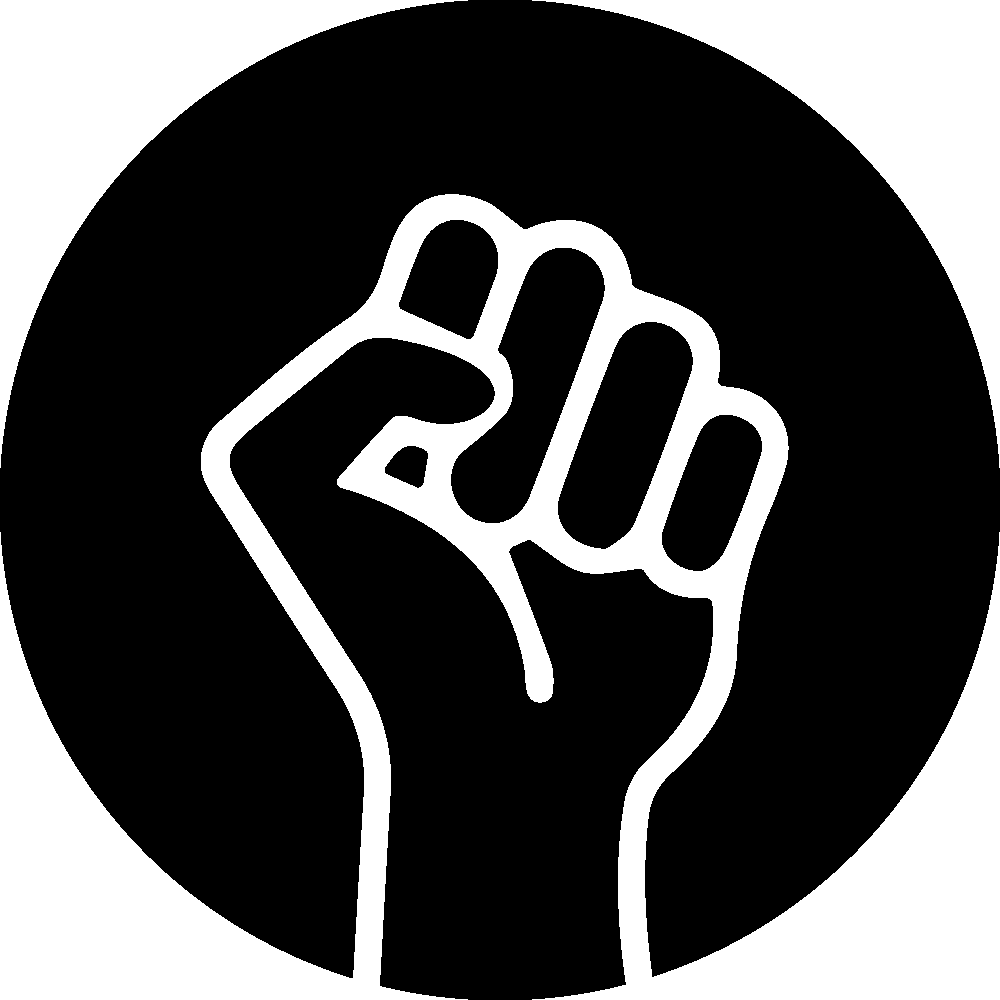
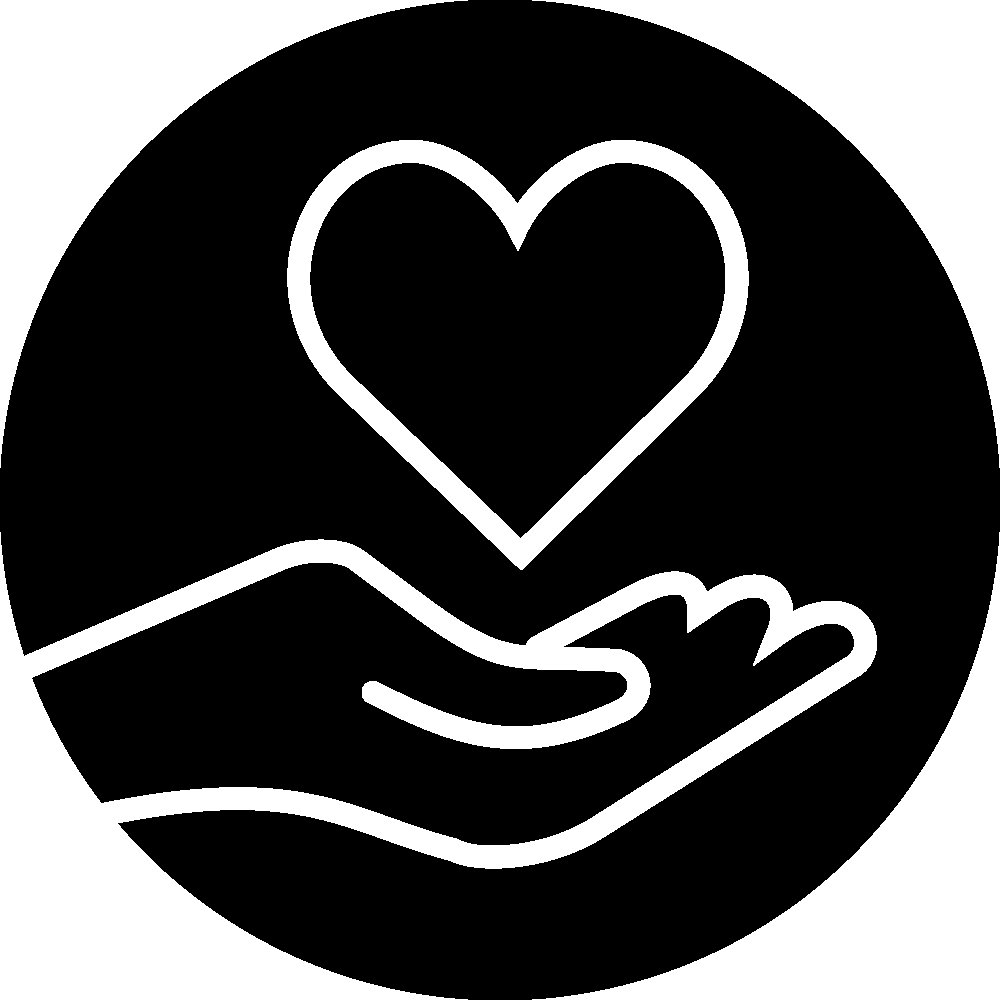
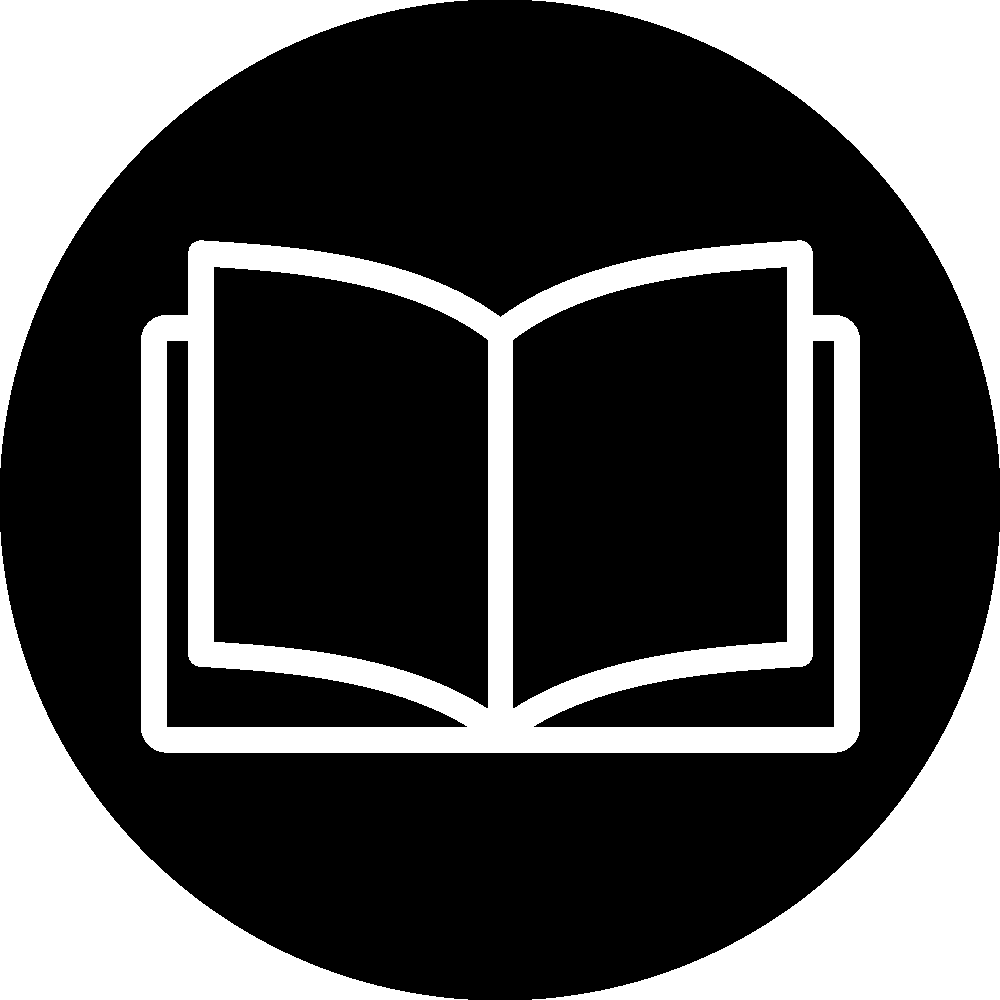

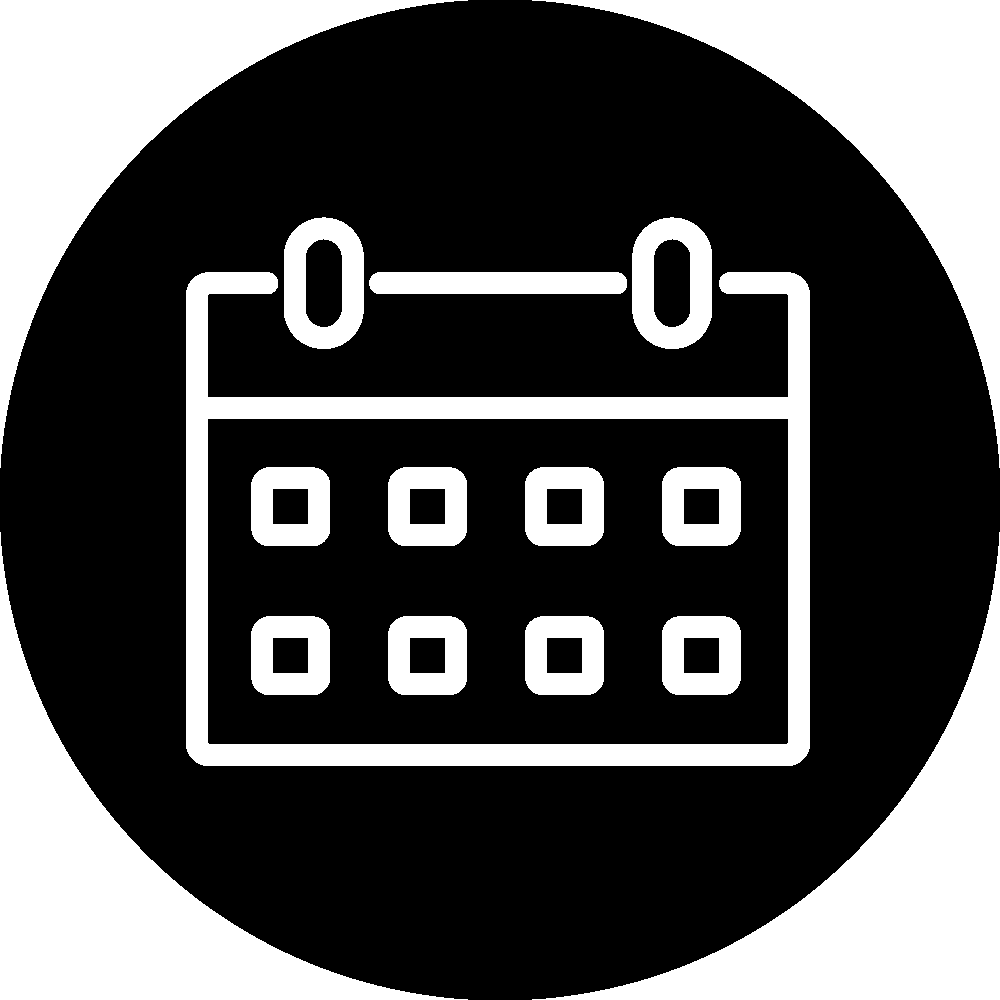
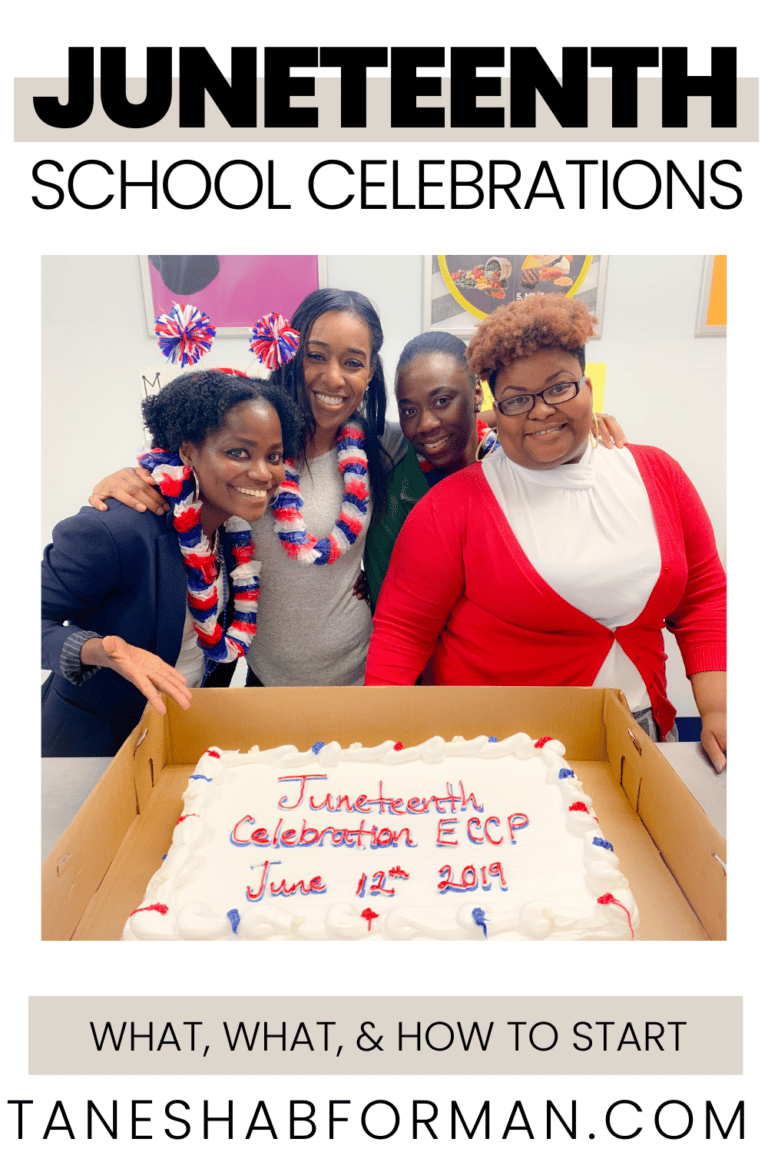
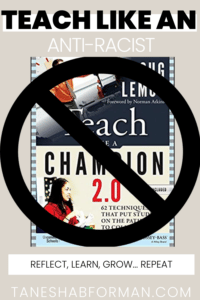
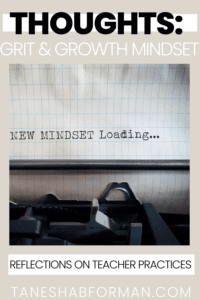
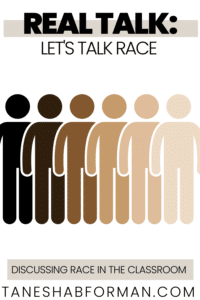
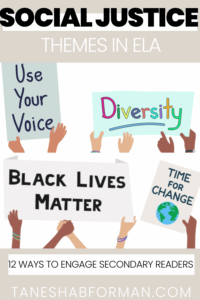

0 thoughts on “Black Lives Matter and the Classroom”
As a white woman, I think it is important, as you stated, to step outside the comfort zone and push ourselves to be involved in the movement. It is a concern and issue for ALL Americans. I agree it needs to be taught and is a direct continuation of the CRM.
Your writing is so powerful! We need to talk about how to make this live in our curriculum and our school. "They must be able to develop an argument and articulate counterarguments; But before they can, they must be given the opportunity." We must give them the opportunity.